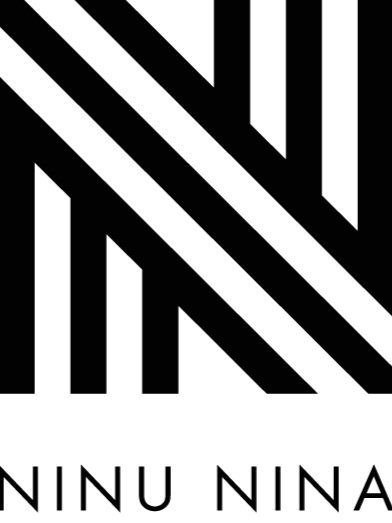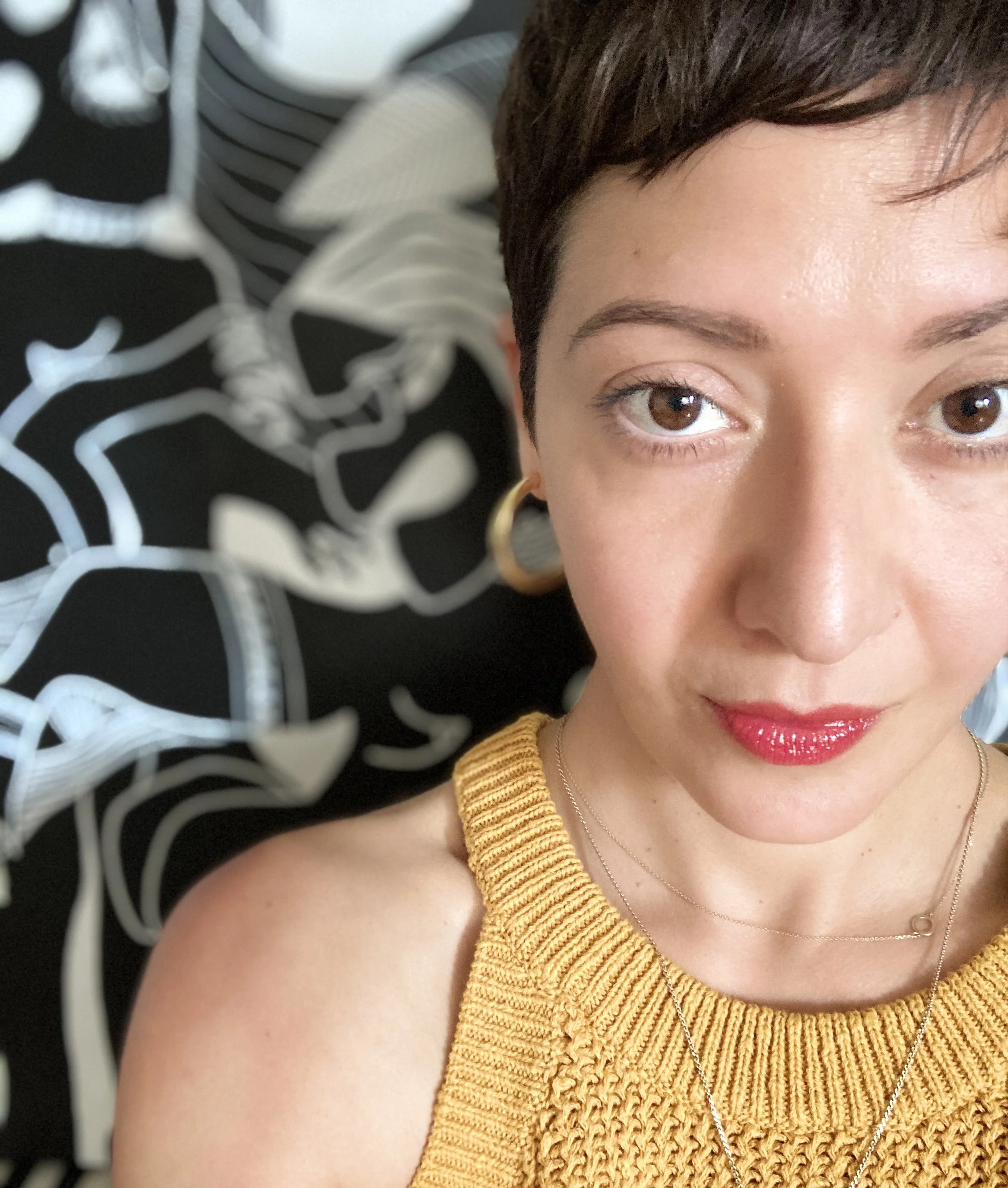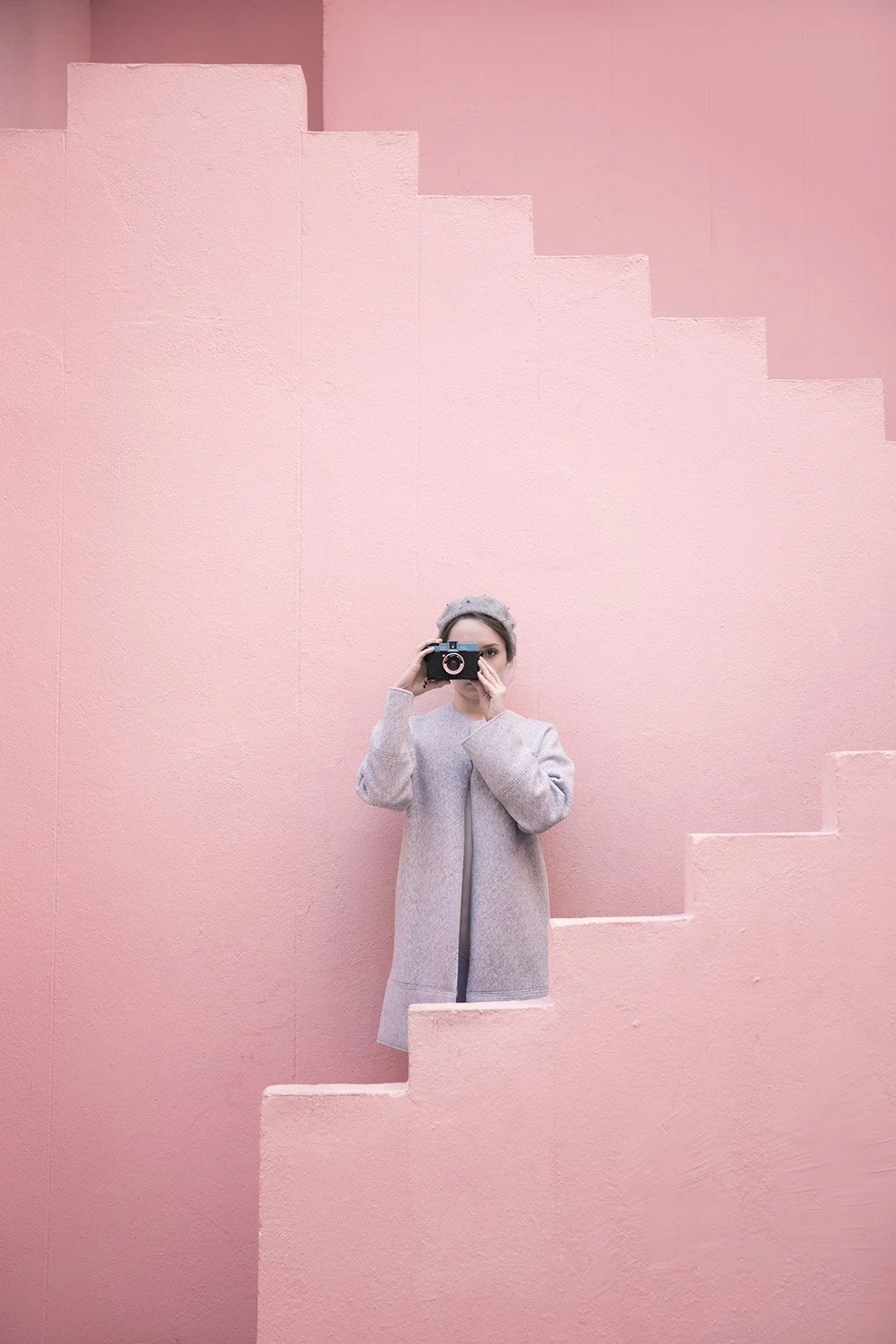THYLACINE
Since his debut album “Transsiberian”, French artist Thylacine has developed a taste for composing through travel, an initiatory project that led him to compose during his journey on the Trans-Siberian Railway. With the aim to combine music with imagery and to make us discover his world through his travels, the artist has racked up no less than 121 million streams. We talk with Thylacine on his upcoming album "9 Pieces" which is coming out on October 21st via Intuitive Records.
Tell us a bit more about your upcoming album "9 Pieces"?
9 Pieces is a very special album for me because I usually build my albums during one trip within a limited period (on the Transsiberian train, in Argentina with my studio on wheels etc.)- so all the tracks are really linked together and tell a story. But in between those trips, I composed some music during very different and awesome short experiences, like in the empty Palace of Versailles or in the Arctic circle on a boat. I started to collect those tracks that have nothing in common, and I finally decided to unite them on a Puzzle album where each piece is independent, but together they tell something about my different research and inspirations into music.
You're well known for extraordinary field recording techniques. Tell us a bit about your creative process.
I think the most important part of this process is to have a strong character for each track. They have to work on their own at first, and they have to be able to tell the story where I composed each one of them quickly. I like how they have all very different colours and sounds.
How did you create the visual content for the album?
As there were many different stories behind each piece of music, and since nothing could represent them all, I wanted to be able to summarize each track with a minimalistic logo, creating a type of modern hieroglyph. And on the vinyl edition, the cover is a real puzzle with 9 pieces, one for each logo.
What are the themes you touch on with your new music?
There is a relation between tradition and modernism, which I find very interesting. And mostly the impact of an environment on creation, and its aesthetization.
How has this year changed your creativity and how do you see the world changing moving forward?
This year has been a reunion with the public for me with finally a lot of concerts, and I think it brought back the « performance » aspect of music to me. I’m trying to do more with instruments and improvisation.
In general, it has been amazing to see the doors open again, but the future doesn’t look extremely promising and we can feel that we are at a turning point where a lot of things will probably change, for good or for worse.
Do you think the art world needs to change, and if so how can it be improved?
I’m very grateful to be part of that generation where creating music is accessible, cheap, and with a more direct relation between artist and audience. Now I just hope that social media will not rule the music business and that art could still be audacious and innovative.
Cover photo by Cecile Chabert



